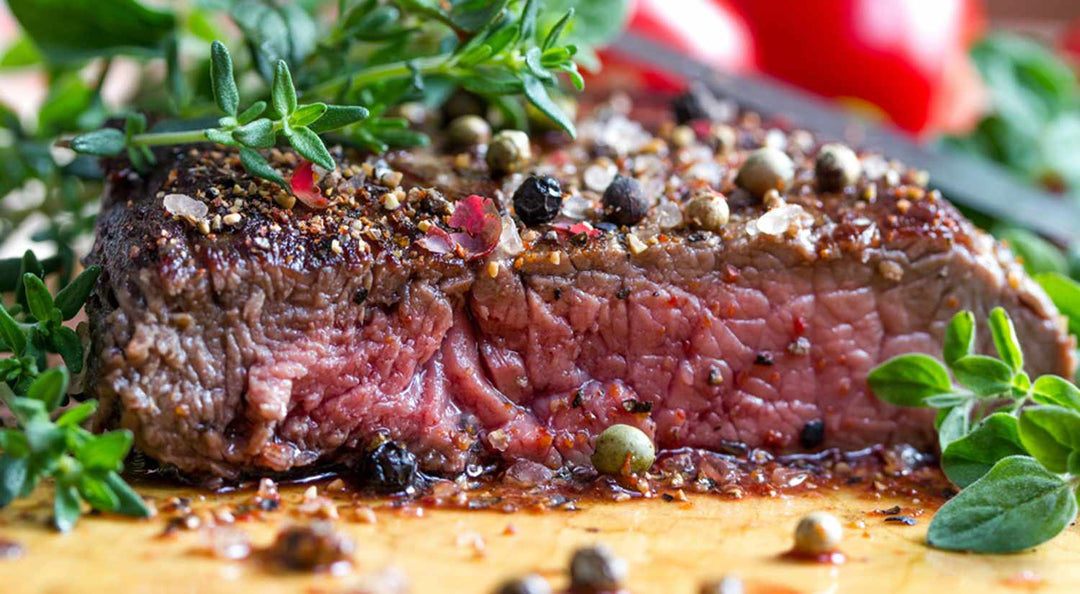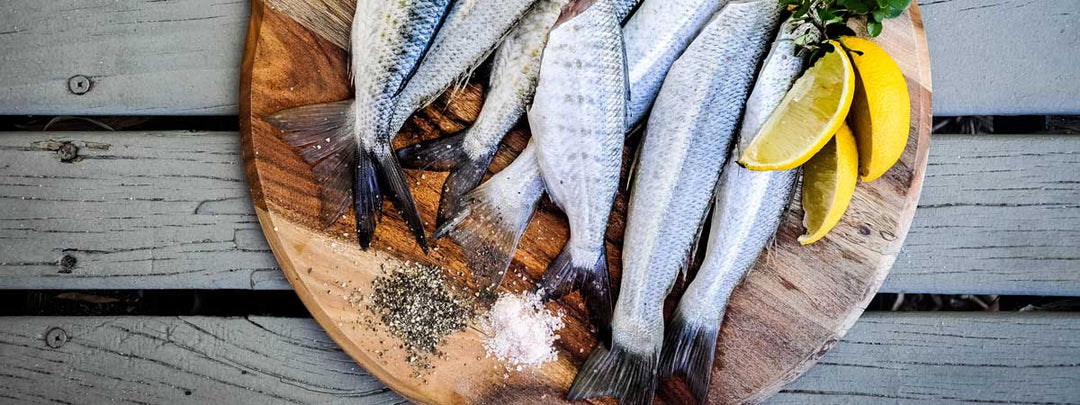My first miraculous encounter with Tasmanian pepper, the dried berries from the Australian bush, was in a bar in Zurich. I had an exclusive tasting with a Swiss pepper aficionado who praised the pepper as something very special and delicious. And he looked at me in a friendly, mischievous way, almost as if it was an investment and not a pepper.
What does Tasmanian pepper taste like?
The taste of this "false" pepper (botanically it belongs to the Winteraceae family) is actually very unusual. The berries, which are reminiscent of black pepper in color and size, taste a little sweet at first and very strongly of berries of all kinds - cassis, juniper, bay leaf. This fruitiness is followed by a spiciness that, unlike black pepper, is a biting sharpness. In addition, the pepper leaves a strange feeling of slight numbness in the mouth, similar to Sichuan pepper.
The spicy ingredient in Tasmanian pepper is polygodial, a sesquiterpene compound. This compound is also found in large quantities in water pepper and in trace amounts in paracress. The substance safrole it contains also gives it its aroma. This is also responsible for the pleasantly warm taste in spices such as cinnamon, nutmeg or bay leaves.
The Tasmanian pepper plant is a two to five meter tall shrub with evergreen, red branches. The flowers grow closely packed, the fruits turn red to black when fully ripe. The Tasmannia lanceolata mainly inhabits the Australian state of Tasmania, as well as Victoria and New South Wales. The genus name Tasmannia refers to its occurrence in Tasmania, which in turn is named after the Dutch explorer Abel Tasman (1603-1659). The species name lanceolata means lance-shaped and refers to the shape of the leaves. The underlying Latin noun is lancea lance.
In their search for native foods, Australians appreciated pepper, which had long been known only in Aboriginal cuisine.
Here you can buy Tasmanian pepper




